Titanium Market To Reach $47,900.13 Million by 2032
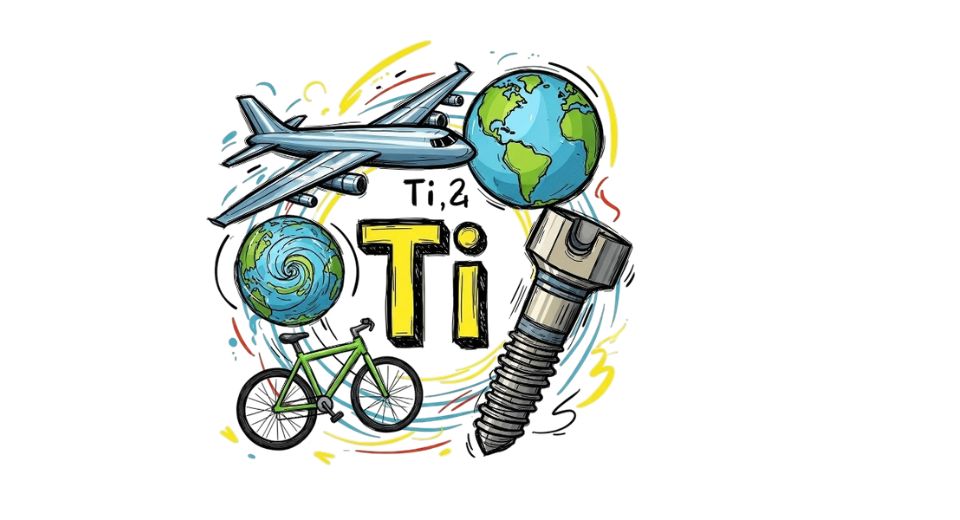
A Metastat Insight report detailing the global titanium market gives a bird's-eye view of trends and dynamics. Having been in global movement and industrial materials for fourteen years, a story is told which transcends ordinary descriptions and generalities and platitudes. It conveys the character of the international titanium market so fully and so clearly that it serves the complex industrial tides, shifting consumer demand, technology breakthroughs, and geopolitical nuances without sinking to banal convention.
In an age of many commodities, titanium shines by its power, its leanness, and its resilience, providing a measured solution to challenges at the point where performance and durability meet. Aerospace and advanced manufacturing, energy, and medicine industries make contact with the global titanium market with increased demand for material solutions that are capable of managing hostile environments as well as lightness. Increasing demand for economical, high-performance components fuels material choice, pushing stakeholders to optimize sourcing strategy and production process. Manufacturing nodes spread across continents give a continually changing geometry of logistics and supply, fueled by tons of mining, refining mills, and global shipping routes reacting to changing pulses of demand.
Production technologies progress capability in directions of material cleanliness, shape accuracy, and cost containment. Increased advanced processing allows suppliers to provide products with tighter tolerances and better mechanical properties. Manufacturers of aerospace products benefit from metal shapes that offer design liberty without sacrificing fatigue resistance, and medical device manufacturers benefit from better biocompatibility for long-term implants and prosthetics.
The use of additive manufacturing with metal powders provides design options not previously available; it frees up complex geometries that reduce waste and create tailored applications beyond heretofore possible.
Supply-chain structure shows increased integration between mining, processing, and engineering companies. Raw-extracting companies are more integrated with fabricators and end-use producers to synchronize output to changing application requirements and shorten lead times. Second-tier suppliers who re-melt titanium scrap promote circularity and material flow efficiency, supporting a shift towards sustainable material manufacturing. Logistic routes between distant processing facilities and consumption zones take on new importance in maintaining low-cost and sensitivity to disruptions. Disruptions such as port congestions, changes in energy price, or regulation obstacles provoke immediate re-routing of shipping streams or inventory tactics to accommodate emerging pressures.
Regulatory frameworks have far-reaching effects on environmental regulation-making and workplace health down the value chain. Mining activities operate around land reclamation, water treatment, and emissions management, with downstream refining and fabrication subject to stringent standards for clean air, water, and waste management. Certification programs and green reporting are increasingly prevalent, hence suppliers target providing assurance of the genuineness of their activities through open metrics and third-party accreditation. Adherence to sustainability standards is one aspect of a mixed agenda for making the procurement of titanium responsible, especially in sectors where green credentials drive procurement.
Geopolitics comes into the picture in the distribution of resources, local production capability, and patterns of trade. Resource-rich areas and large consuming centers drive relations that determine raw feedstock availability and processed products. Sourcing and purchasing patterns are shaped by trade policy, partner strategies, and tariff arrangements that provide the context for firms to revisit supply-chain agreements in terms of reducing risk or taking advantage of incentives. Investment into the developing capacity or technology results from financial institutions looking for exposure in material supply chains considered critical to frontier manufacturing and defense.
Research and development expenditure drives innovation along the supply chain. Development of novel alloy compositions, surface treatments, finishing operations, and fabrication systems drives varied product portfolios. Interdisciplinary collaboration among material scientists, mechanical engineers, and design studios ramps up product feature development to address novel requirements of new applications. Quality control procedures get advanced with the use of real-time sensing, digital twins, and predictive maintenance technology at fabrication facilities, improving throughput and dependability.
Industry cost dynamics represent the interface between availability of raw feedstock, production optimization of efficiency, energy cost, and cost of logistics burden. Resource optimization schemes, reclamation of end-of-life elements, and coordination of fabrication activities confer margin advantage. Parallel gird of material alternatives and alternative technologies tests price hypotheses, leading protagonists to prove titanium investment by continually providing technical advantage or lifecycle benefit.
Industry customer relationship programs evolve towards solution partnership. No longer do metal suppliers simply supply metal; value is created through integrated design support, testing solutions, certification support, and logistics planning. Customers are engaged early on in development cycles to allow material selection that aligns with performance goals, regulatory timelines, and budgets. Producers make investments in pilot initiatives, technical instruction, and co-development platforms in order to build loyalty and to foresee future requirements, substantiating the interdependence of producers and consumers.
Sustainability considerations permeate all stages—mining, production, fabrication, distribution, and end use. Energy-efficient refining processes, water conservation, and low-emission shipping underpin cleaner supply chains. Recycling processes recover material from scrap and end-of-life buildings, minimizing waste and saving feedstock resources. Environmental audits, carbon-footprint analysis, and traceability programs show concern for responsible material stewardship. Procurement officials increasingly find merit in material credentialing in supplier screening when material origin and environmental implications come into play in reputational and regulatory positions.
New uses enlarge the titanium usage base. Use in light-structure components, renewable-energy hardware, chemical processing, and precision optical parts demonstrates versatility. In energy uses, corrosion-resistant parts find acceptance in marine and offshore facilities. In design and architecture, appearance finish alternatives with strength performance reveal new design possibilities. Research and development centers study titanium application in next-generation systems, such as advanced batteries, hydrogen handling, and aerospace propulsion materials.
Risk factors are disruptions to production, policy volatility, energy prices, and competition from substitutes. Exposures are controlled by players through diversification of sources, pledging buffer stock, and employing foresight analytics which report changes in supply or demand. Investment in facility expansion, mechanization, and computerization make operations flexible and cost-effective, and arrangements with logistics companies enhance reliability in linking global customer bases.
There is a wise story that is available within the international titanium industry—one that is based on decades of sectoral history, technology insights, sustainability vision, and convergent strategy. The document that Metastat Insight provided regarding the international titanium industry is a wise contribution to industry reportage, with introductory and concluding comments that capture its essence.
Drop us an email at:
inquiry@metastatinsight.com
Call us on:
+1 214 613 5758
+91 73850 57479
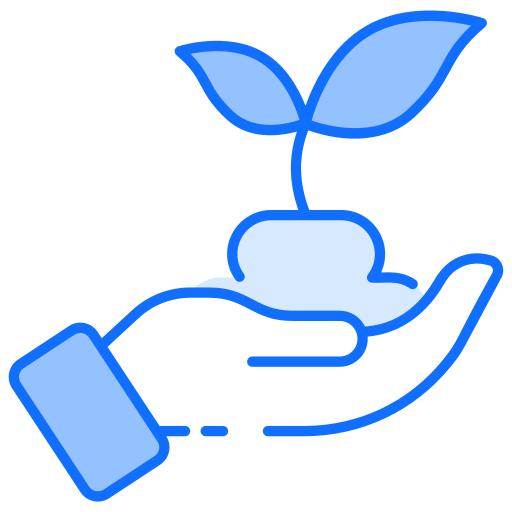 Agriculture
Agriculture
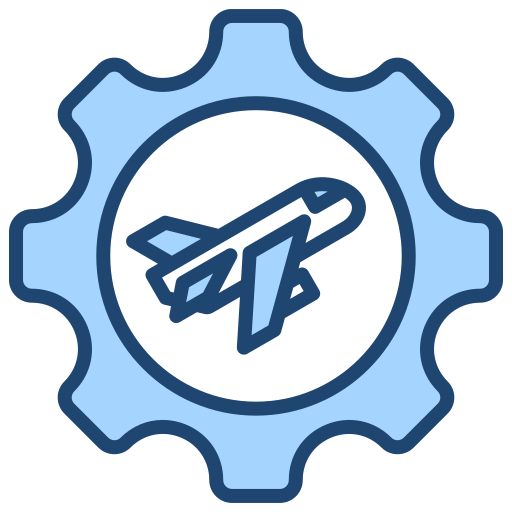 Aerospace and Defense
Aerospace and Defense
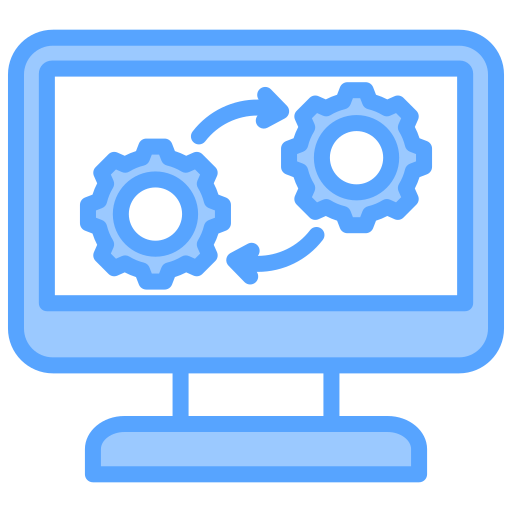 Automation & Process Control
Automation & Process Control
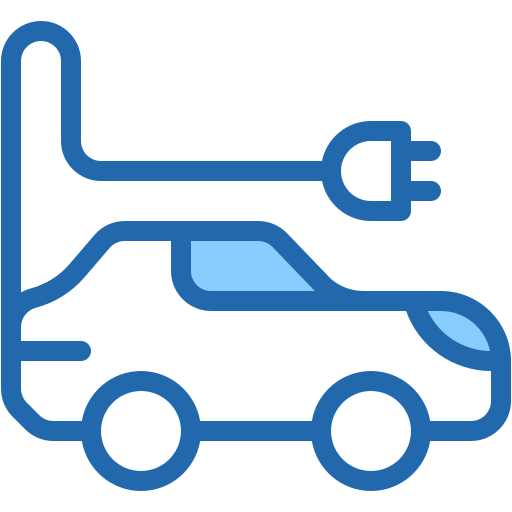 Automotive and Transportation
Automotive and Transportation
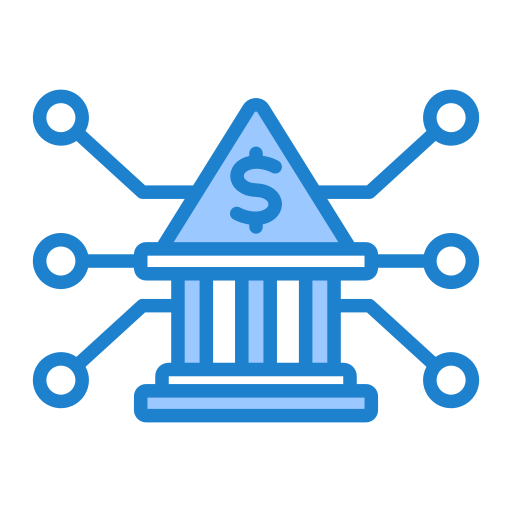 Banking & Finance
Banking & Finance
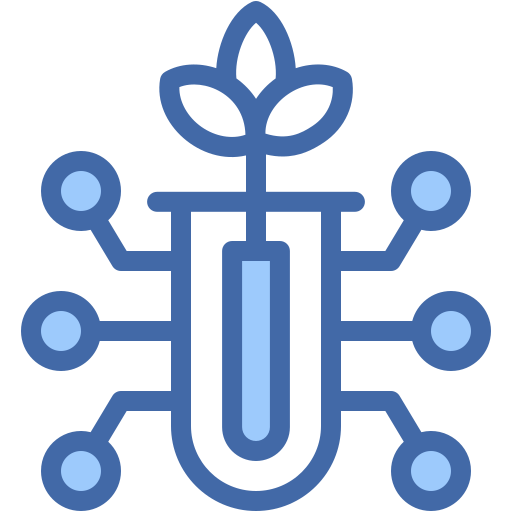 Biotechnology
Biotechnology
1.png) Chemicals and Materials
Chemicals and Materials
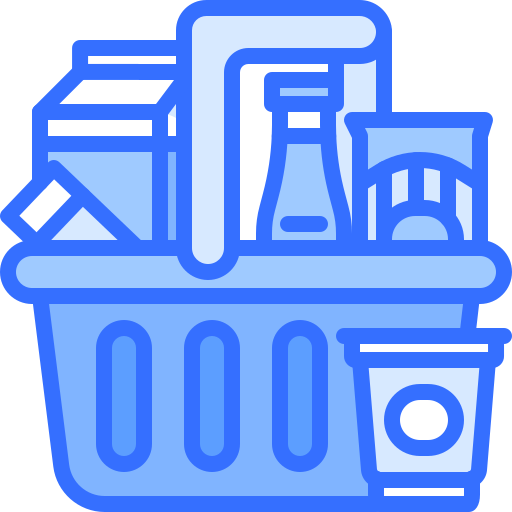 Consumer Goods
Consumer Goods
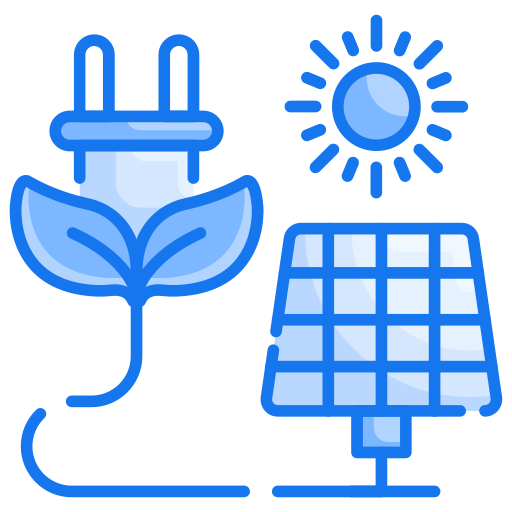 Energy and Power
Energy and Power
 Food and Beverages
Food and Beverages
 Healthcare IT
Healthcare IT
 Information & Communications
Information & Communications
 Manufacturing and Construction
Manufacturing and Construction
 Packaging
Packaging
 Pharmaceuticals
Pharmaceuticals
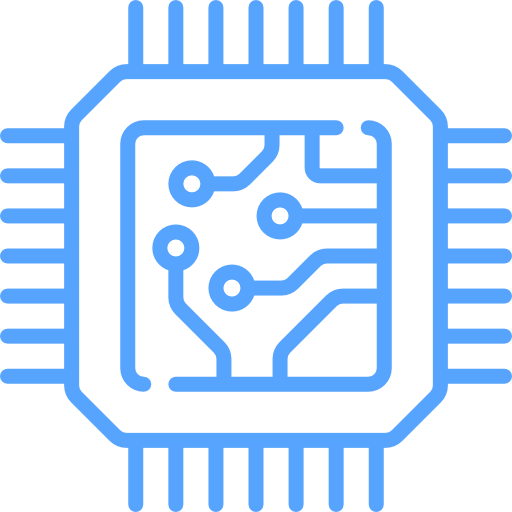 Electronics and Semiconductor
Electronics and Semiconductor
 Medical Devices
Medical Devices







 US: +1 3023308252
US: +1 3023308252






